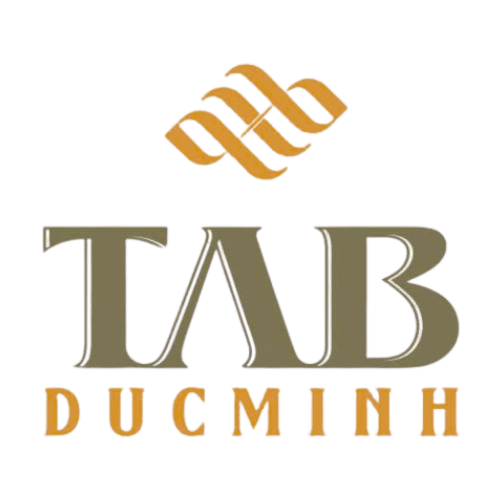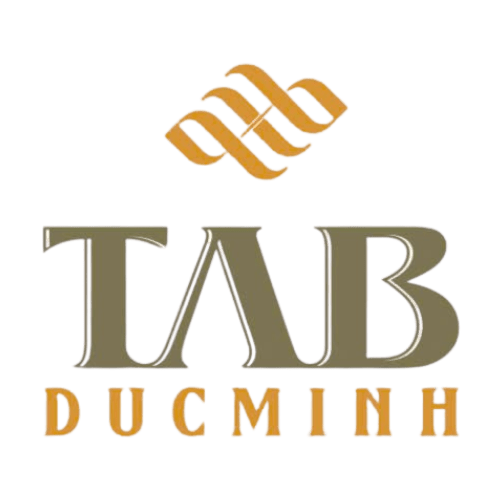Tin tức
Mastering Automated Content Personalization with Dynamic User Data: A Deep Dive into Implementation and Optimization
In the rapidly evolving landscape of digital marketing, personalized content remains a cornerstone for engaging users and driving conversions. While Tier 2 explored the foundational concepts of user data segmentation and real-time collection, this article delves into the specific technical approaches, step-by-step implementations, and advanced strategies to automate content personalization effectively. We focus on actionable techniques that enable marketers and developers to create dynamic, scalable, and privacy-compliant personalization systems.
Table of Contents
- Understanding User Data Segmentation for Content Personalization
- Technical Setup for Dynamic User Data Integration
- Implementing Conditional Content Rendering Based on User Data
- Leveraging Machine Learning Models for Advanced Personalization
- Practical Techniques for Personalization at Scale
- Common Challenges and Solutions in Data-Driven Personalization
- Case Study: Deploying Dynamic Personalization in E-Commerce
- Connecting Personalization to Business Strategy and Continuous Improvement
1. Understanding User Data Segmentation for Content Personalization
a) Identifying Key User Attributes for Dynamic Content Delivery
To automate content personalization, begin by defining precise user attributes that influence content relevance. These attributes include demographic data (age, location, device type), behavioral signals (clicks, time spent, purchase history), and contextual factors (referrer source, session duration).
Expert Tip: Use a combination of explicit data collection (e.g., profile forms) and implicit signals (behavior tracking) to build comprehensive user profiles. Implement event tracking with tools like Google Analytics, Mixpanel, or custom scripts to gather real-time behavioral attributes.
b) Creating Fine-Grained User Segments Based on Behavior and Preferences
Move beyond broad segments by employing multi-dimensional clustering algorithms. Techniques such as K-Means clustering or hierarchical clustering can categorize users into nuanced groups based on interaction patterns, purchase intent, and content engagement.
| Segment Type | Key Attributes | Use Cases |
|---|---|---|
| Engaged Buyers | Multiple visits, cart additions, recent purchase | Personalized promos, cross-sell recommendations |
| Browsers with Intent | Time on product pages, interaction with reviews | Targeted content based on interest level |
| New Visitors | First session, referral source, device type | Introductory offers, onboarding flows |
c) Tools and Techniques for Real-Time User Data Collection and Categorization
Implement a data pipeline architecture that ingests, processes, and stores user data in real-time. Use tools like Apache Kafka or AWS Kinesis for data streaming, combined with processing frameworks like Apache Flink or Spark Streaming to categorize users instantly.
- Event tracking: Use JavaScript SDKs to track user interactions, then push data to a message broker.
- Data enrichment: Combine behavioral signals with external data sources (CRM, third-party APIs) for richer profiles.
- Categorization: Apply real-time clustering algorithms or rule-based classifiers to assign users to segments dynamically.
Pro Tip: Automate segment updates by scheduling periodic batch jobs that refine clusters based on recent data, ensuring segmentation remains relevant without manual intervention.
2. Technical Setup for Dynamic User Data Integration
a) Setting Up Data Pipelines for User Data Collection and Processing
Construct a robust data pipeline that captures user events, enriches data, and updates user profiles in real-time. For example:
- Data ingestion: Embed event tracking scripts on your site or app; send data via APIs or message queues.
- Processing layer: Use Kafka Connect or custom ETL jobs to clean, transform, and classify data streams.
- Storage: Store profiles in a NoSQL database like MongoDB or DynamoDB optimized for low-latency reads/writes.
b) Integrating Data Sources with Content Management Systems (CMS) and Personalization Engines
Achieve seamless data-driven personalization by integrating your user database with your CMS and personalization engine through:
- API integrations: Expose user profile APIs that your CMS can query at page load or via AJAX.
- SDKs and Plugins: Use SDKs from personalization platforms (e.g., Optimizely, Dynamic Yield) to fetch user segments dynamically.
- Webhook triggers: Automate content updates by triggering webhooks on user profile changes.
c) Ensuring Data Privacy and Compliance in Real-Time Personalization
Implement privacy safeguards such as:
- Data anonymization: Use pseudonymous identifiers instead of personally identifiable information (PII).
- Consent management: Integrate consent banners and store user permissions securely.
- Encryption: Encrypt data both at rest and in transit using TLS/SSL and AES standards.
Security Note: Regularly audit your data pipelines and access controls to prevent leaks and ensure compliance with GDPR, CCPA, and other regulations.
3. Implementing Conditional Content Rendering Based on User Data
a) Defining and Coding Personalization Rules at Granular Levels
Start by formalizing your personalization logic. For example, create JSON-based rule sets:
{
"rules": [
{
"segment": "Engaged Buyers",
"conditions": {
"purchaseCount": { "gte": 3 },
"lastPurchaseDays": { "lte": 30 }
},
"content": {
"banner": "Exclusive Offer for Loyal Customers",
"recommendations": ["Product A", "Product B"]
}
},
{
"segment": "New Visitors",
"conditions": {
"sessionCount": 1
},
"content": {
"banner": "Welcome! Get 10% Off Your First Purchase",
"recommendations": ["Popular Products"]
}
}
]
}
Translate these rules into code that dynamically loads content. Use condition evaluation libraries or custom scripts to parse user profile data against rules.
b) Using JavaScript and API Calls for Dynamic Content Loading
Implement a client-side script that performs the following:
- Fetch user profile: Call your personalization API with the user ID or session token.
- Evaluate rules: Run a JavaScript function to match profile attributes against your rule set.
- Render content: Inject personalized banners, recommendations, or sections into the DOM based on the match.
c) Handling Edge Cases and Fallback Content Strategies
Ensure your system gracefully handles:
- Missing data: Default to generic content if user profile is incomplete.
- Failed API calls: Implement retries with exponential backoff or cache last known good content.
- Conflicting rules: Establish rule precedence or combine multiple conditions to avoid ambiguity.
Pro Tip: Maintain a separate testing environment for rules validation, and use feature flags to toggle personalization features during rollout.
4. Leveraging Machine Learning Models for Advanced Personalization
a) Building and Training Predictive Models Using User Data
Use historical interaction data to train models that predict user preferences. For example, employ supervised learning algorithms like gradient boosting or neural networks to forecast content engagement likelihood. Essential steps include:
- Feature engineering: Derive features such as recency, frequency, monetary value (RFM), content categories, and device type.
- Data labeling: Label historical interactions as positive or negative responses.
- Model training: Use frameworks like scikit-learn, TensorFlow, or PyTorch for model development and validation.
b) Applying Collaborative and Content-Based Filtering Techniques
Implement recommendation algorithms such as:
| Technique | Description | Use Case |
|---|---|---|
| Collaborative Filtering | Recommends based on user-user or item-item similarity | Personalized product suggestions based on similar users |
| Content-Based Filtering | Recommends similar content to what the user interacted with | Product recommendations based on content features |

